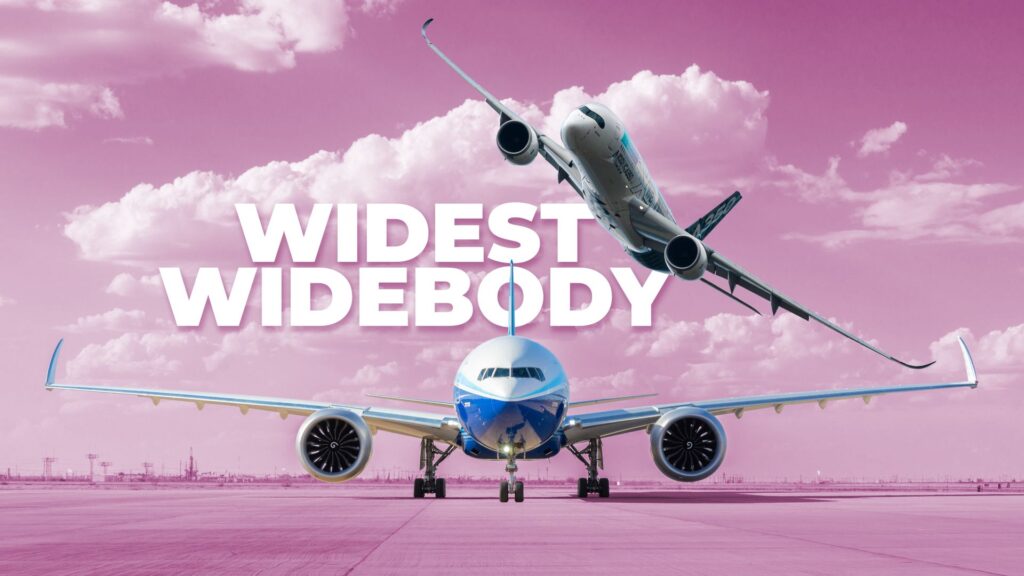
Boeing has reasserted its position in the competitive aviation market with the launch of the new 777X, effectively challenging Airbus’ dominance with its A350 model. For nearly a decade, Airbus has marketed its A350 as the eXtra Wide Body (XWB), promoting it as the most spacious and comfortable twin-jet available. However, Boeing’s advancements in cabin design and technology have shifted the landscape significantly, as the 777X offers a wider cabin and enhanced passenger experience.
The 777X features a cabin that is four inches wider than the existing 777-300ER, which was already well-regarded for its spaciousness. This increase allows airlines greater flexibility in seating configurations, whether that means wider economy seats or more luxurious arrangements in business class. For passengers, these dimensions translate into reduced shoulder contact and a more open atmosphere during long-haul flights that can last between 12 to 17 hours.
Market Response and Orders
The market reaction to the 777X has been promising, with over 350 firm orders from leading airlines including Emirates, Lufthansa, and Qatar Airways. In contrast, the A350 has solidified its presence in the aviation sector with over 570 aircraft delivered across more than 40 airlines worldwide. This growing competitive landscape is defined not only by cabin design but also by the scale at which each model is adopted.
Boeing recognized that to challenge Airbus effectively, it needed to enhance the passenger experience beyond just cabin width. Collaborating with design consultancy Teague, Boeing aimed to minimize stress and discomfort associated with long-haul travel. The resulting design improvements include larger windows that enhance natural light exposure and a sophisticated LED lighting system that simulates different phases of daylight, helping to reduce jet lag.
Enhanced Features and Passenger Comfort
The advantages of the 777X extend beyond its dimensions. According to mock-ups covered by Business Insider, the redesigned overhead storage bins allow each passenger to stow a standard roller bag, addressing a common frustration during boarding. This feature not only enhances passenger satisfaction but also streamlines the boarding process, reducing delays.
Moreover, the cabin’s quieter engines and improved noise insulation contribute to a more serene environment, directly impacting passenger well-being. Boeing’s design allows airlines to market the 777X as equally, if not more, comfortable than the A350, particularly as the 777X can accommodate a 10-abreast seating configuration more comfortably than its predecessor.
As passengers increasingly prioritize comfort on long flights, even small design changes can make a significant difference. The additional width on the 777X allows airlines to offer slightly wider seats in economy class, translating to greater comfort over extended travel periods.
The competitive race between Boeing and Airbus illustrates that cabin design has become crucial in attracting airlines and passengers alike. While Airbus continues to refine the A350, Boeing’s 777X has emerged as a formidable contender, reminding the industry that even subtle enhancements can reshape market perceptions.
Looking ahead, both manufacturers are likely to continue evolving their cabin offerings in response to passenger feedback and industry trends. For travelers, this rivalry promises a future of increasingly comfortable flying experiences, with wider seats and more thoughtful amenities becoming standard in the competitive widebody market.






